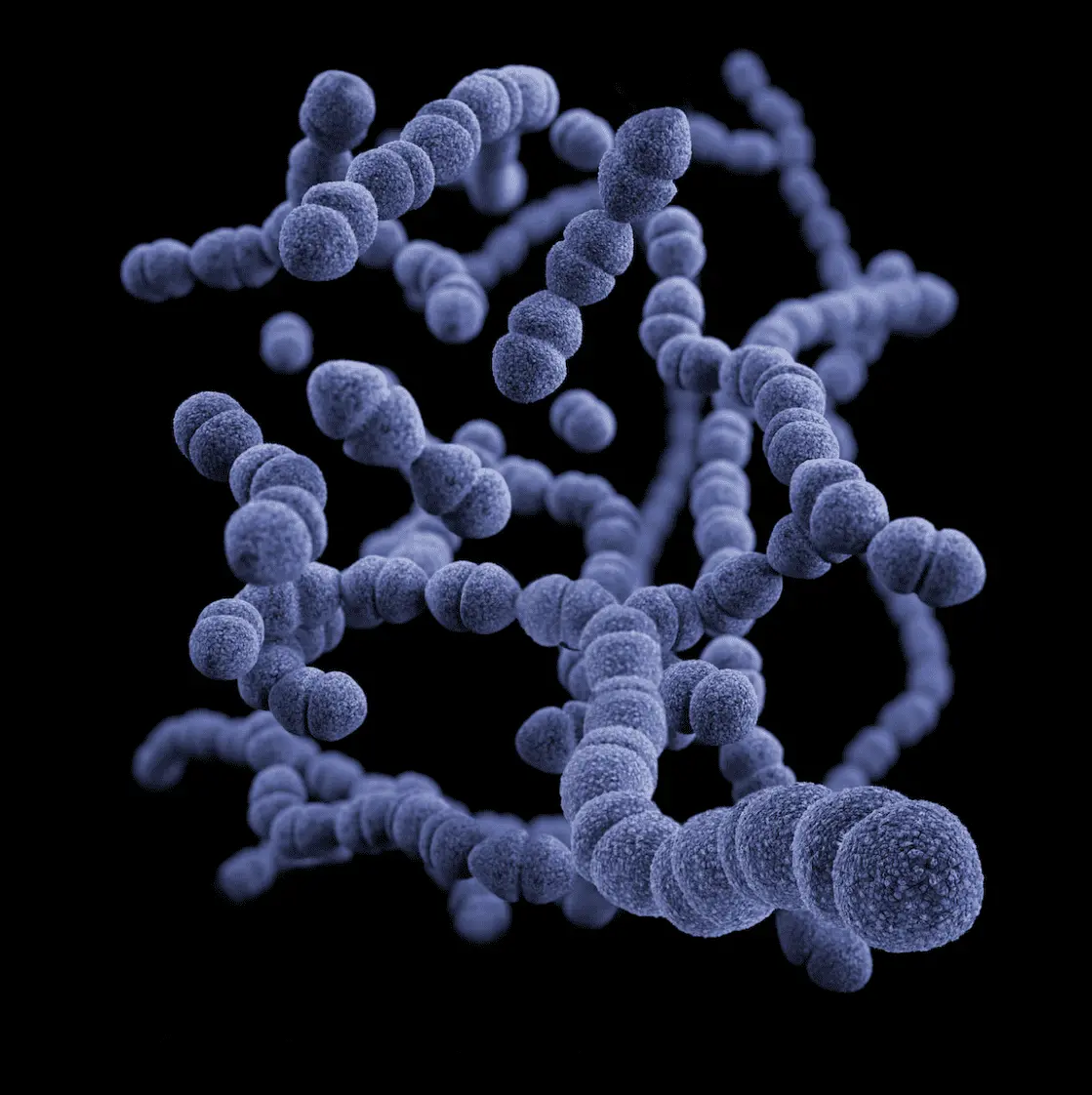
People often confuse between allergies and intolerances, and this is perfectly understandable. The two conditions share many similarities, including triggers, causes, and symptoms.
However, the main difference between these conditions is the underlying pathophysiology.
In this article, we will briefly define the two conditions and highlight their differences.
What is an allergy?
As we discussed in our previous article about allergies, an allergy is caused by a severe immune reaction towards a food, drug, and even objects.
The hypersensitivity reaction launches after the immune system encounters the allergen for a second time. Signs and symptoms are diverse and include hives, skin rash, congested nose, itchy eyes, and digestive symptoms (e.g. nausea, vomiting, diarrhea).
Researchers estimate that 32 million Americans have some sort of food allergy.
Food allergies are triggered by the ingestion of the allergen regardless of how much you consume. One peanut could be enough to start a full-blown anaphylactic reaction.
What is an intolerance?
The best example of food intolerances is lactose intolerance, which affects a large portion of the general population.
The exact pathophysiology of food intolerances is inherently different from food allergies, as there are many causes that don’t involve an immune reaction.
The most common causes of food intolerances include:
- Enzymatic deficiency
- Irritable bowel syndrome (IBS)
- Celiac disease
- Chronic stress
Conclusion
As you can see, these two conditions are quite different, even though they share many features. Another similarity between allergies and intolerances is that both conditions can use the help of antigenic testing to identify their cause.
Of course, if the intolerance is caused by an enzymatic deficiency, the main way to make the diagnosis is by removing that food element from your diet and document if your symptoms improve.
Johanna is a certified professional health coach with over a decade of experience in the field. She specialises in helping individuals navigate their health journeys, whether they are dealing with chronic conditions, working towards weight management goals, or seeking to improve their overall wellbeing.
Johanna is also a prolific contributor to our blog, where she shares expert insights, tips, and advice to help you stay healthy. She is passionate about ensuring our readers have access to the latest research and information. For personalised health advice, consider scheduling a consultation with us.








